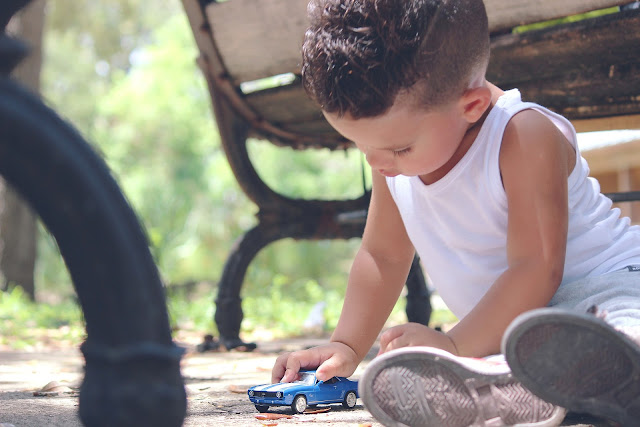Fostering Critical Thinking Skills in Your Child - It's Easier Than You Think
Critical thinking skills, or for that matter much of early-childhood education takes place right at home, months or years before children begin preschool. Kids learn to talk and to walk, to color and to cut with scissors as well as developing their critical thinking from the people around them. Children develop these important thinking skills as they learn to cooperate with their peers and when they learn to read short picture books by themselves.
Though critical thinking is emphasized from pre-kindergarten to college or graduate school, it is a skill that parents can begin to introduce to their children from a young age. It is less complicated than the term implies. Here are three ways you can foster critical thinking skills in your little scholar:
1. Encourage Your Preschoolers Natural Curiosity
Young children are naturally inquisitive. This starts very early in their lives, even before they can verbalize their curiosity, as they make discoveries about their environment using their senses to test everything.
This curiosity turns to questioning as they develop language skills. They start to ask “why” about everything in their world. It is no longer enough to understand it through their senses – these inquisitive little ones want to know why the world works the way it does. These initial endeavors of questioning world around them are likely her first ventures into critical thinking. While it may be frustrating to hear a small voice ask, “Why?” when you tell your child to put her shoes on or to tell her what to wear in the morning, you can transform this moment into one that enhances critical thinking skills in your child. When your child asks "why?" instead of answering, you might ask, “Why do we wear shoes?” or “What do shoes protect your feet from?” Questions that begin with how what or why are often best for these discussions with your child, as they encourage critical thinking or answers outside of “Yes,” or “No.”

2. Let Them Solve Problems for Themselves
As caregivers, we want to jump in to help our young ones when they are distressed. However, allowing your students to solve their own problems — provided they are not in danger — can build their critical thinking skills.
For example: when my daughter was 18 months old the first time we went to the beach. We had forgotten to bring along sand toys and she wanted to build a sand castle. At first, she was upset that we had forgotten the shovel but before I could suggest a solution, she grabbed a sea shell and used it in place of the shovel to start her castle. Then, when she noticed that the waves were washing her sandcastle away, she moved to a space that was further up on the beach where the water wasn’t hitting and started building her castle again. By staying out of the way and allowing her the opportunity to find a solution herself, she exercised her developing critical thinking skills.
3. Encourage Creativity and Free Play
Critical thinking is closely linked to creativity and problem-solving. Times of free play, also known as unstructured play, is both easy to create and is a rich source of problem-solving using critical thinking. With free play, your child selects the toy to play with and allows your child to decide what to do. For example, if LEGO's is the toy of choice allow your child to use deep thinking skills to create and build a hospital, a school or a home. These creations will increase your child's imagination while considering what these items look like in reality. Creative activities like dance, sports, music, and painting can also introduce your child to new ways of thinking, and these new ways of thinking can, in turn, will deepen critical thinking capabilities. This will lead to the ultimate educational goal, long term educational success.




Comments
Post a Comment